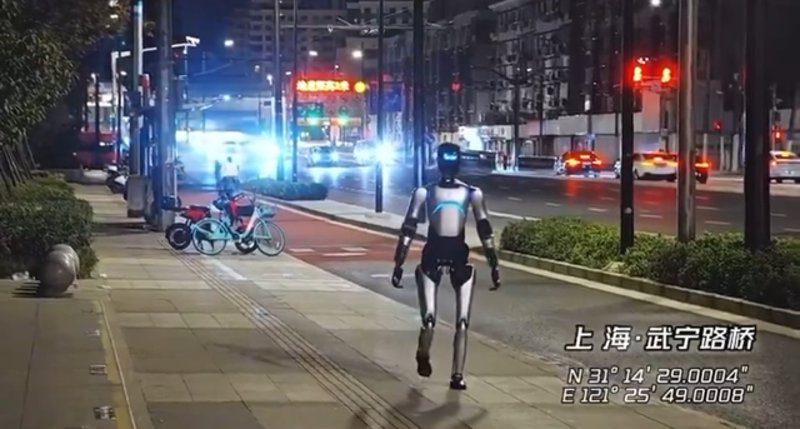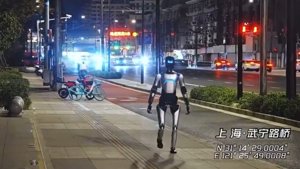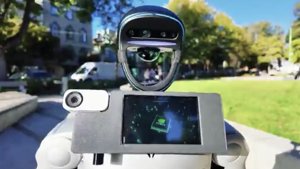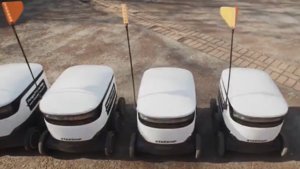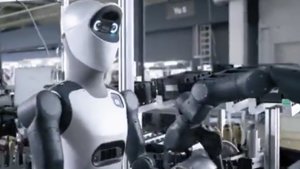While you were still grumbling about your morning commute, AgiBot Innovation (Shanghai) Technology Co., Ltd. decided to take things up a notch, sending its A2 humanoid robot on a rather extended, three-day jaunt that utterly smashed a Guinness World Record. The plucky bot ambled a continuous 106.286 kilometres (that’s roughly 66 miles in old money, folks) from Suzhou to Shanghai, officially bagging the title for the “Longest journey walked by a humanoid robot”. This epic trek, which ran non-stop from November 10th to the 13th, was kept going by a series of hot-swappable batteries, proving that with enough juice in the tank, even a robot can pull off a Forrest Gump-esque odyssey.
Make no mistake, this was no mere stroll in the park. The A2 bravely tackled a gauntlet of complex urban environments, including motorways, bustling city streets, towering bridges, and even that utterly infuriating tactile paving, all while impeccably adhering to traffic laws – a feat, frankly, some human pedestrians are still struggling to master. Kitted out with dual GPS modules, LiDAR, and an infrared depth camera, the robot managed the entire epic journey with only the faintest scuffs on the rubber of its soles. Upon its triumphant arrival, the robot reportedly quipped that it “might need new shoes,” showcasing a level of bone-dry wit we can’t help but utterly adore.
Why Is This Important?
Beyond the mere gleam of a shiny new world record, this marathon walk serves as an utterly gruelling, real-world stress test. AgiBot is, quite literally, putting its money where its mouth is, demonstrating the sheer endurance and rock-solid reliability of its hardware and balance algorithms. They’re moving well beyond the pristine confines of controlled lab demos and plunging headfirst into the gloriously chaotic reality of public spaces. And this, my friends, is no mere publicity stunt; the company has grand plans to deploy over 1,000 of these indefatigable walkers in 2025 for commercial tasks spanning reception, delivery, and sorting. This 106km trek, then, stands as a powerful, if rather lengthy, statement: their robots are unequivocally ready for the workforce. The only lingering question is, having finally reached its destination, did it simply power down because the task was complete, or did it just get utterly fed up?
